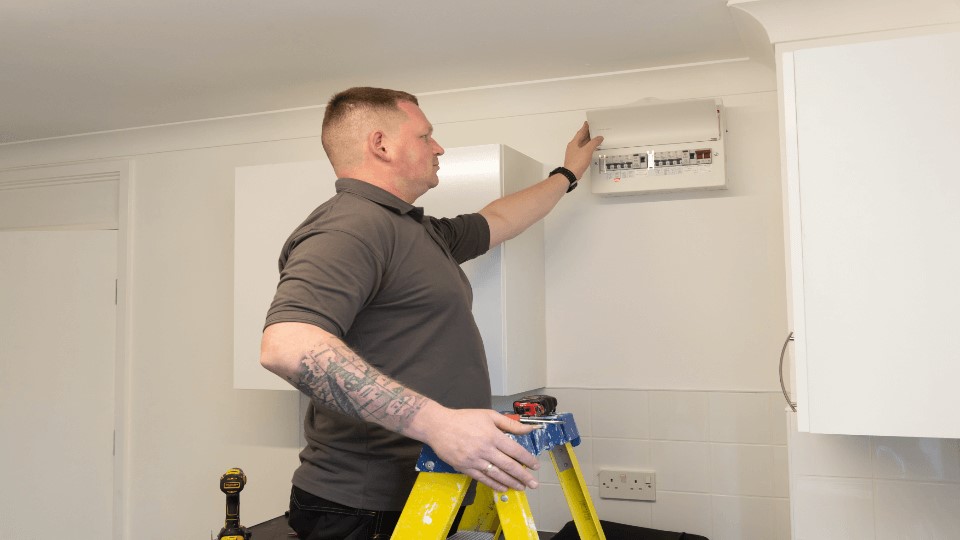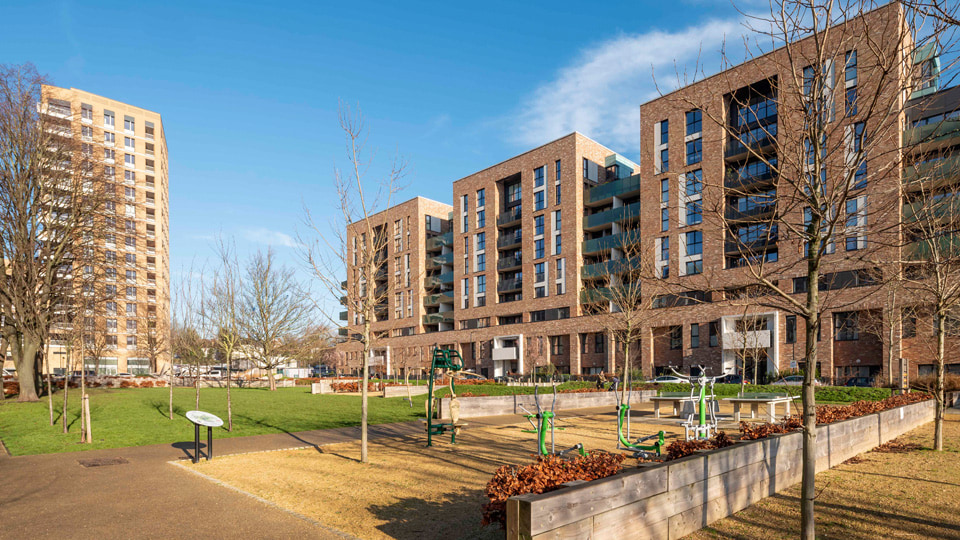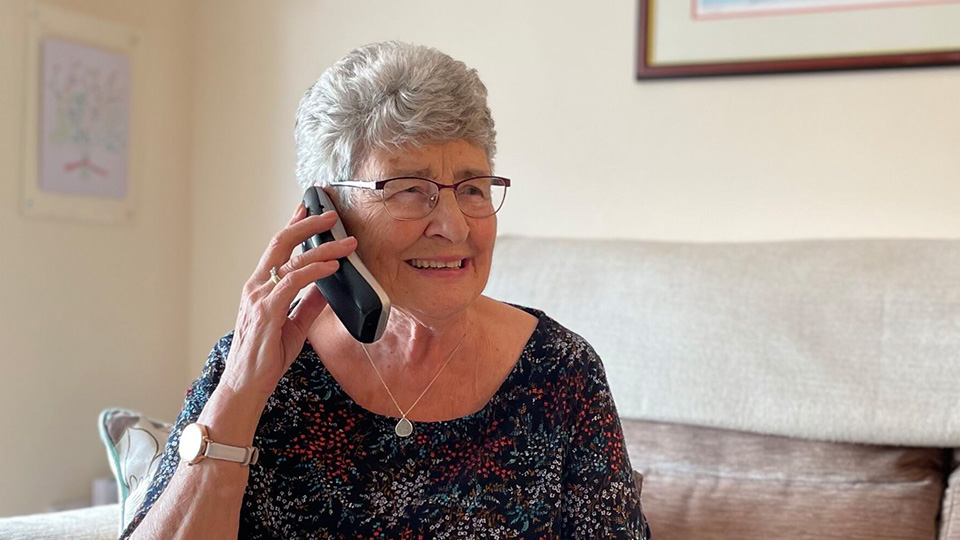Tenant Satisfaction Measures
Everything you need to know about how we're delivering against the Regulator for Social Housing’s Tenant Satisfaction Measures.
We’re committed to improving our services to residents, especially in areas you’ve told us are important to you. We’re also committed to sharing how we perform as we progress.
Every year the Regulator of Social Housing requires all social housing landlords, like L&Q, to report on a set of measures that tell you how well we’re doing at providing quality homes and services each year. These are called Tenant Satisfaction Measures (TSMs).
The measures are designed to improve standards for people living in social and affordable housing. They will do this by showing you how well we’re doing on important things like delivering repairs, dealing with any complaints and treating you with respect, and they’ll also help you to hold us to account when we’re not performing as we should.
Along with an overall satisfaction figure, the results are grouped into five themes:
- keeping properties in good repair
- maintaining building safety
- respectful and helpful engagement
- effective handling of complaints
- responsible neighbourhood management
Read our TSMs results covering the period April 2024 to March 2025. As TSMs were launched last year, this is the first time we’re able to provide a report which compares results to previous years.
Read our TSMs report 2025 (PDF)
Many of the activities to improve the services you receive are also set out in our corporate strategy: Future Shape (PDF).
Scroll down to read results by theme, highlights from our improvement plans and more information about TSMs and how we measure our performance.

Overall satisfaction

Keeping properties in good repair

Maintaining building safety

Respectful and helpful engagement

Effective complaints handling

Responsible neighbourhood management

Our approach to collecting your views

Resident rights

How to get involved with us and help shape our services

How to complain
Previous report
Read our TSMs report 2024 (PDF)
More information about TSMs and how we measure our performance
It’s a good idea to familiarise yourself with what TSMs are, how the results are grouped and how we measure our performance. This will help you to understand our results better.
- What are TSMs?Tenant Satisfaction Measures are performance measures the Regulator of Social Housing asks all social housing providers to report on every year. They are designed to:
- show you how well we’re doing on important things like delivering repairs, dealing with any complaints and treating you with respect
- allow you to hold us to account when we’re not performing as we should
- give the Regulator an insight into which landlords might need to improve things for their resident
- What do TSMs show?TSMs show how well we:
- keep your homes in a good state of repair
- make sure your homes are safe
- give you opportunities to have your say, and act on your views
- handle complaints
- manage your neighbourhood
- Things we do – 10 things we measure directly through information we hold in our system
- Things you’ve told us – 12 things we measure through an annual tenant perception survey and things you’ve told us
Things we do
Measured by different information we hold about how we manage your homes and servicesThings you've told us
Measured by the percentage of residents who said that they were satisfied when asked about their
personal experiencesOverall satisfaction Keeping properties in good repair Homes that do not meet the Decent Homes Standard Satisfaction with repairs Repairs completed within the target timescale Satisfaction with the time taken to complete the most recent repair Satisfaction that the home is well-maintained Maintaining building safety Gas safety checks Satisfaction that the home is safe Fire safety checks Asbestos safety checks Water safety checks Lift safety checks Respectful and helpful engagement Satisfaction that the landlord listens to tenant views and acts upon them Satisfaction that the landlord keeps tenants informed about things that matter to them Agreement that the landlord treats tenants fairly and with respect Effective handling of complaints Complaints relative to the size of the landlord Satisfaction with the landlord’s approach to handling complaints Complaints responded to within Complaint Handling Code timescales Responsible neighbourhood management (Antisocial behaviour cases relative to the size of the landlord Satisfaction that the landlord keeps communal areas clean and well-maintained Satisfaction that the landlord makes a positive contribution to neighbourhoods Satisfaction with the landlord’s approach to handling antisocial behaviour - How do we measure our performance?
The Regulator asks us to report on views from social and affordable rented housing tenants and shared owners.*
We commission an independent survey company to contact residents and capture your thoughts on how satisfied you are with your home and the services we provide to you.
Residents are randomly selected to take part in the survey. However, we make sure that we are talking to a mix of different types of tenants and shared owners that reflect the makeup of the people who live in L&Q homes.
There is no rule telling us exactly how we should collect your views. We’ve chosen to use a mix of survey methods, as it helps us collect different types of feedback and provides residents with various ways to participate. For example, postal surveys are provided to supported living residents so that a friend or family member can help them take part if needed.
Learn more about our approach to collecting your views
*The Regulator of Social Housing does not regulate private rented or outright leasehold homes.
- How to understand the results
The Regulator of Social Housing asks us to provide combined results for all residents and report separately on views from social and affordable rented housing tenants and shared owners.
As there are several different types of homes included in these descriptions, the Regulator has grouped them into two different categories as follows:
Low Cost Rental Accommodation (LCRA)
Social rented
Homes where the government sets the rent, usually around 50% less than the average private rent for the area – sometimes called ‘general needs housing'.Supported living
Social rented homes, where residents need some form of support to live in their homes. This includes homes that L&Q manages, but another company provides support. Most homes of this type are managed by our supported living business, called L&Q Living.Affordable rented
Homes where the rent is set at lower levels than the average private rent for the area (usually 20%-30% less). This includes rent types like Intermediate Market Rent and London Living Rent.Low Cost Home Ownership (LCHO)
Shared ownership
Homes where residents have bought a share of their home and pay rent to L&Q for the remaining share. This includes homes where L&Q is the landlord, but the building is owned and serviced by a different company. - How do we listen all year round?
Monitoring and reporting our performance against the new satisfaction measures isn’t the only way we listen to and learn from residents.
We carry out a variety of surveys throughout the year to ensure that we know how you feel and can address any issues as soon as possible. These include surveys immediately after you’ve received a repair from us or we’ve dealt with your complaint.
We also offer opportunities for you to work with us to develop and test our services – from participating in online research to helping us recruit new colleagues, right up to our formal Resident Services Board.
Learn more about opportunities to have your say and help shape our services.